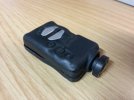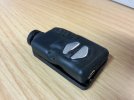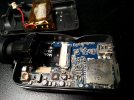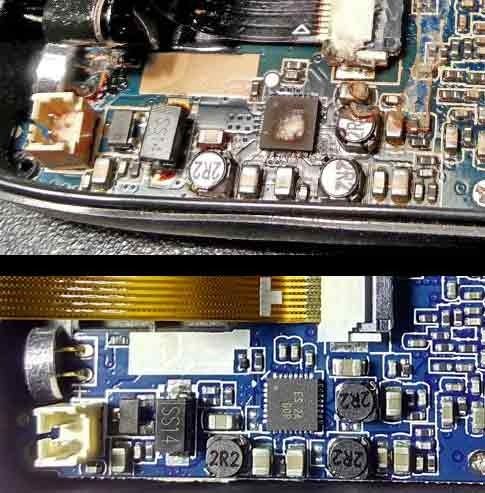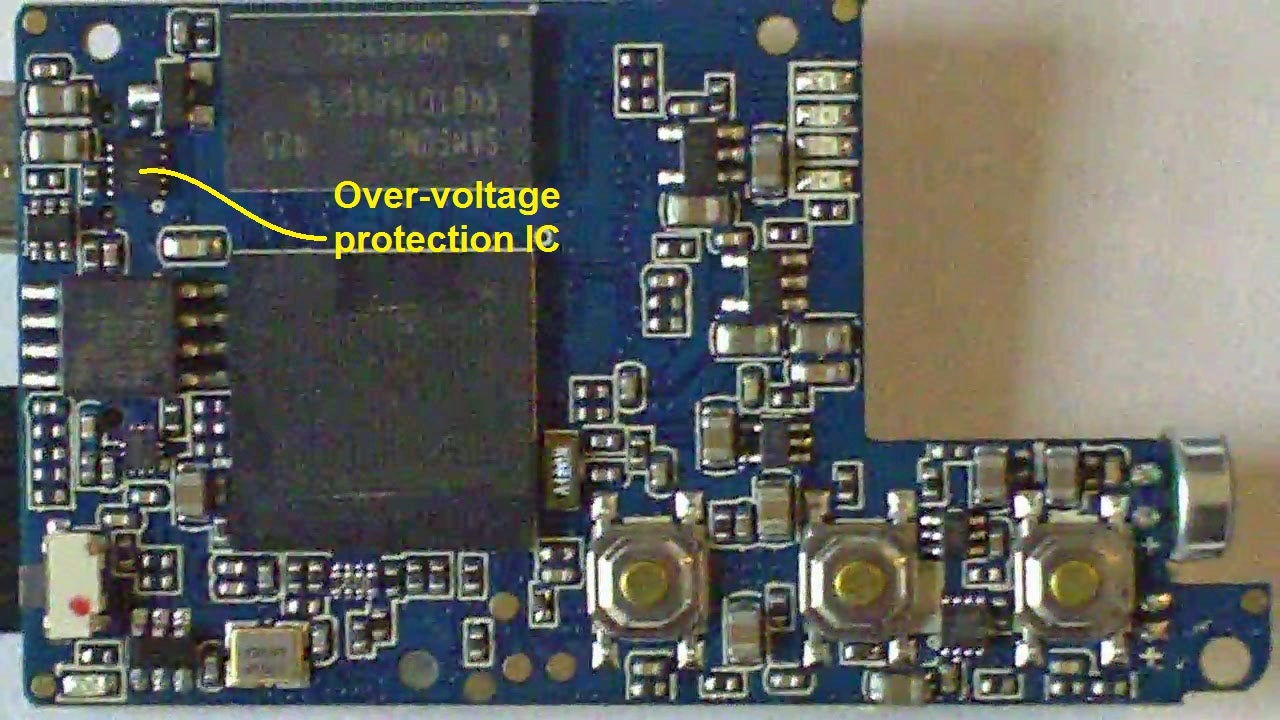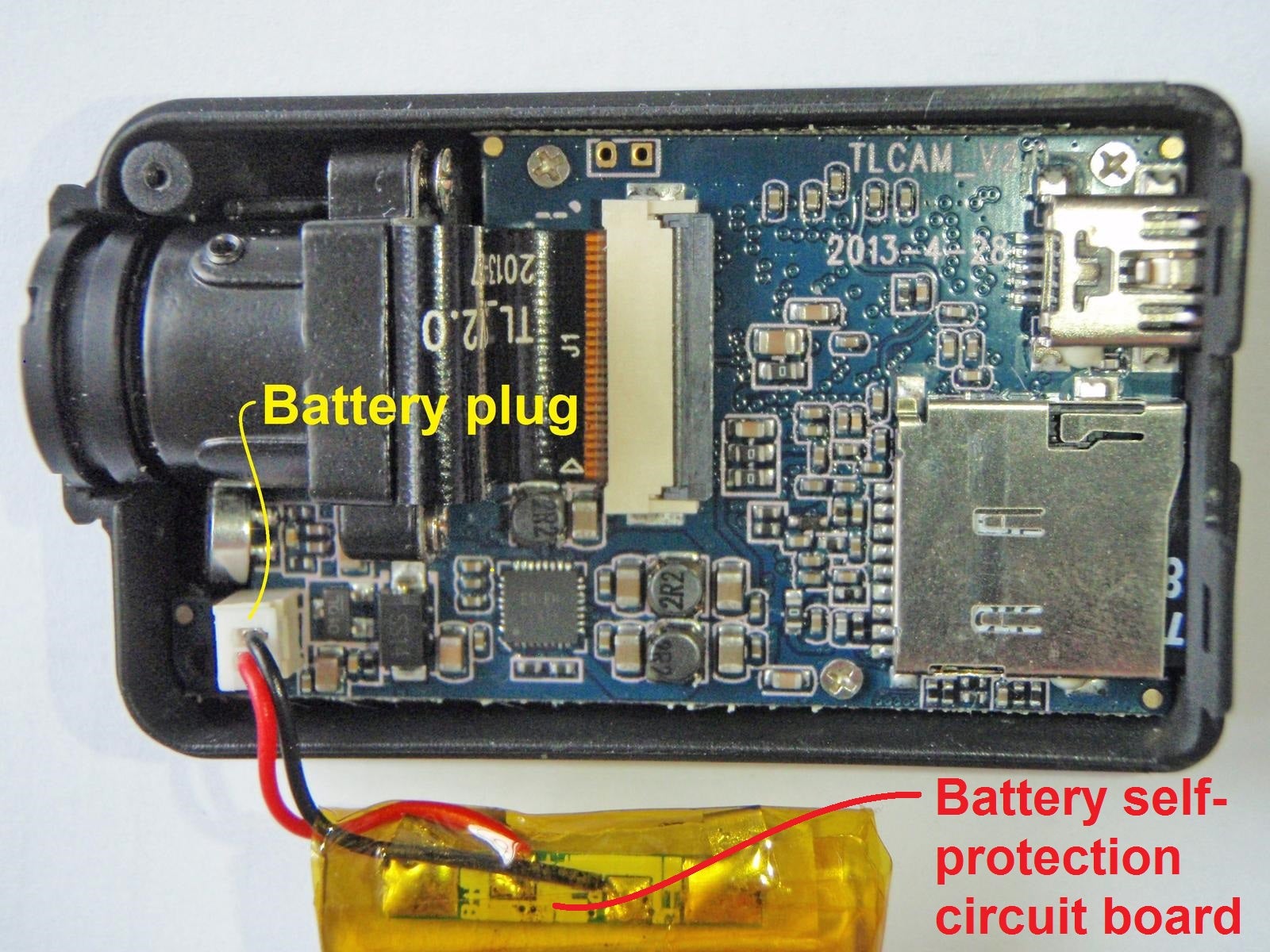The USB outputs are often limited by the capacity of the internal DC/DC converter (as long as it is working properly). For a normal dashcam converter you may have a 2 amp fuse to cover dead shorts and to handle inrush current but the little converter in it wouldn't be able to output more than 5V@2A. It's like putting a 20 gal petrol tank on a MoPed. She not go no faster. Now, this 'Smart Charger' likely has a 5 amp input fuse. It would need to live through a startup with a few devices charging at the same time. Each output will be limited to less current.
The specs seem to be:
Specifications:
Input: DC 12-24V 5A Max
Output: 5V/2A, 9V/2A, 12V/1.5A
When putting 5 volts out, it is no different than any other charger.
WHAT IF; charging a supercap didn't force it to 5 volts out. A supercap could easily be used in a 12 volt device if the voltage rating was high enough. What the 5/9/12 volt charger sees is a super cap and a Mobius drawing current at the same time.
I'm sure the Mobius has circuitry to prevent overcharging the Li-ion battery but what would happen to the rest of the circuitry if you put 12 volts straight to it? Even if the charger put out 12 volts for a while then shut down. Would it start up again then shut down, start up, shut down?
What current would the Mobius draw if you put 12 volts straight to it?
I would contact the vendor/manufacturer of the charger and pass the blame off to them.
Just a heads up to those running things from a 'Cigarette Lighter' socket in an American car.
It is likely that the fuse is 15 AMPS for that circuit. The socket, not normally used for lighters will power a small compressor for airing up a flat. Most compressors draw at least 10 amps.
Next time you plug that little USB adapter in there, give it the respect it deserves


